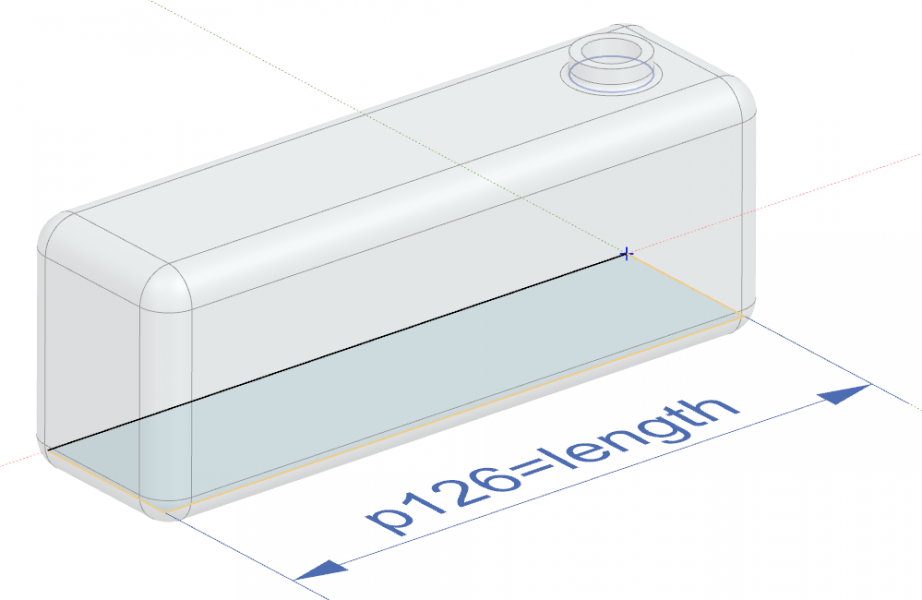At its core, parametric modeling is a design approach that involves creating relationships between different elements of a model using parameters. These parameters can be numerical values, dimensions, constraints, or any other factors that define the geometry, behavior, and interactions of the model’s components. By establishing these relationships, designers ensure that modifications to one aspect of the model ripple through the entire design, maintaining the intended design intent.

Key Elements of Parametric Modeling
- Parameters and Variables: In parametric modeling, parameters act as the building blocks of the design. Variables such as lengths, widths, angles, and distances are defined and associated with specific geometric elements. These parameters serve as the foundation for creating a flexible and adaptable model. In NX, see the “Expressions Editor“
- Relationships and Constraints: Parametric modeling involves establishing relationships and constraints between different components of the model. For example, you might specify that two lines should always remain parallel, or that a certain dimension should always be twice the size of another. These constraints maintain the integrity of the design when changes are made. In NX, see sketch “relations.” These were formerly called “geometric constraints.”
- Associativity: One of the defining features of parametric modeling is associativity, which ensures that changes made to a parameter are reflected throughout the model. If a parameter is modified, the entire design updates automatically to accommodate the change while preserving design intent.
Benefits of Parametric Modeling
- Flexibility: Parametric models are highly adaptable to changes. Designers can modify parameters without the need to rebuild the entire model, saving time and effort, especially in complex designs.
- Efficiency: The ability to create families of related designs based on parameters streamlines the design process. This is particularly useful for creating product variants or iterations.
- Consistency: Design intent is maintained throughout the design lifecycle. Constraints and relationships ensure that modifications don’t compromise the model’s functionality or aesthetics.
- Collaboration: Parametric models facilitate collaboration among teams. Designers can easily share models, and modifications made by one team member are automatically reflected in the shared model.
Parametric Modeling in CAD Software
Many CAD software platforms incorporate parametric modeling as a core feature. Notable examples include SolidWorks, Autodesk Inventor, CATIA, and Siemens NX. These tools provide intuitive interfaces for defining parameters, relationships, and constraints, making it easier for designers to create sophisticated models.
Real-World Applications
Parametric modeling finds applications in various industries, from manufacturing and aerospace to architecture and consumer product design. It’s particularly valuable in scenarios where design changes are frequent, as it allows for rapid adjustments without compromising the quality of the design.
